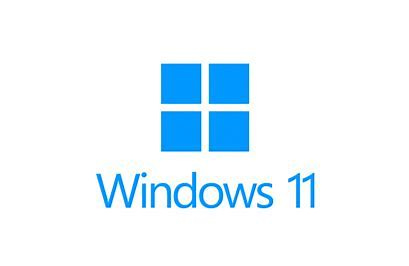What Happens When Windows 10 Support Ends in October 2025 — And Why You Don’t Need to Panic
What the end of support means—and why you may not need to upgrade right away
Microsoft has announced that support for Windows 10 will officially end in October 2025. That means, after that date, the operating system won’t get any more security updates, bug fixes, or official customer support. If you’re using a Windows 10 computer and your device isn’t eligible for upgrading to Windows 11 due to hardware limitations, you might be wondering: Am I suddenly at risk? Do I have to buy a new computer right away? The short answer is: no, not right away—and maybe not for a while.
Here’s what’s going on. Windows 11, the latest version of Microsoft’s operating system, has stricter hardware requirements than any previous Windows release. Your PC needs a relatively recent processor, 4GB or more of RAM, and, most controversially, something called a TPM 2.0 chip—a tiny bit of hardware that adds an extra layer of security. Microsoft made this decision because they believe the future of safe computing relies on building security in from the ground up—not patching over older, riskier systems. The TPM helps with things like protecting your login credentials, preventing ransomware attacks, and keeping hackers out of critical parts of your system.
This change may feel abrupt, but it’s part of a broader effort to move the Windows platform forward. For decades, Microsoft has tried to keep older hardware and software alive for as long as possible—what’s called “legacy support.” That’s been a double-edged sword: great for people who don’t want to throw out working machines, but also a huge anchor when it comes to pushing out new features and modern security improvements. Supporting every printer from 2005 and every clunky PC still chugging along means the company is always balancing between innovation and backward compatibility.
Now, does the end of Windows 10 support mean your computer turns into a pumpkin at midnight? Not at all. Windows 10 won’t stop working. You can still use it like you always have—browse the web, check email, write documents, and so on. What will happen over time is that your system will become more vulnerable to newly discovered security flaws, and some newer apps or websites might start behaving oddly or stop working entirely. This risk builds up slowly, not overnight, so you have time to think things through.
What are your options? If your PC is still running well, you can keep using it for a while, especially if you're cautious about what you click, keep your software (like browsers and antivirus) up to date, and don't do anything too risky online. There are also “lightweight” alternatives like installing Linux, which can breathe new life into older hardware, but that path isn't for everyone. Some third-party companies may offer paid security updates for Windows 10 even after Microsoft stops—something similar happened with Windows 7.
Bottom line: If you’re on Windows 10 and your machine isn’t eligible for Windows 11, you’re not on the edge of a cliff. You have time. Yes, the landscape is shifting, but it doesn’t mean you’re being pushed out of the digital world. Keep calm, stay informed, and when the time comes to upgrade—do it on your terms, not out of fear.





